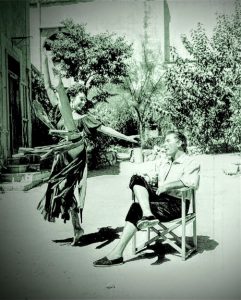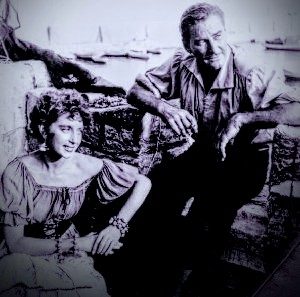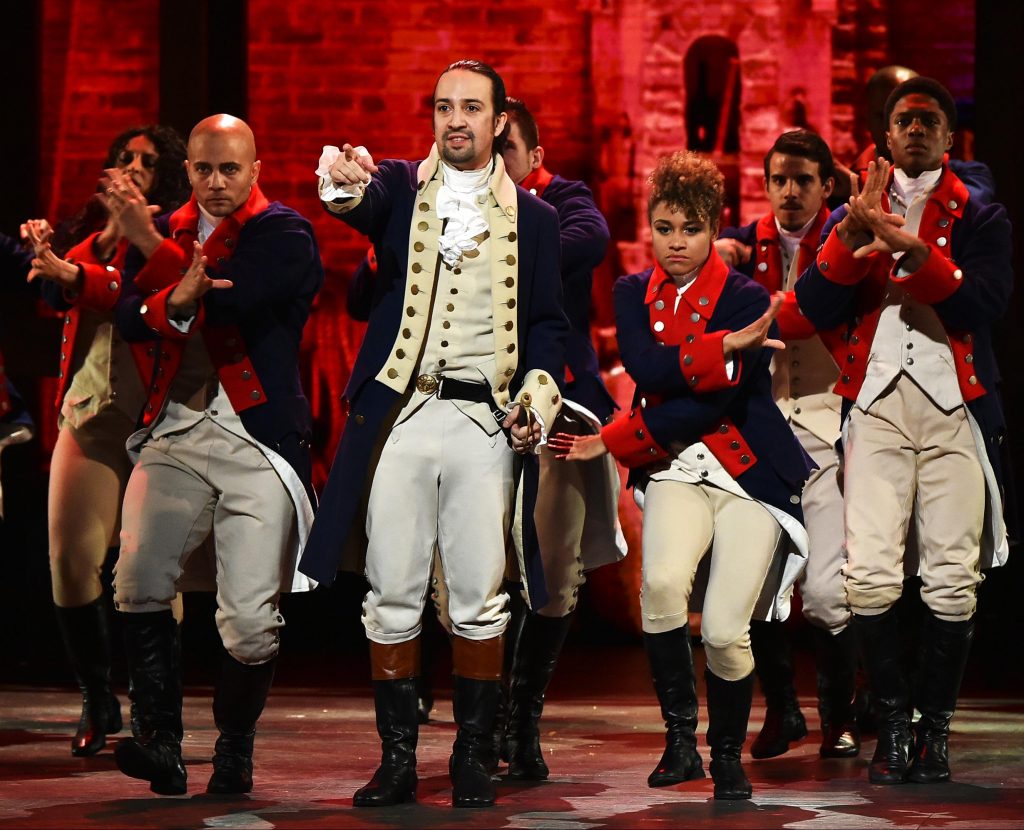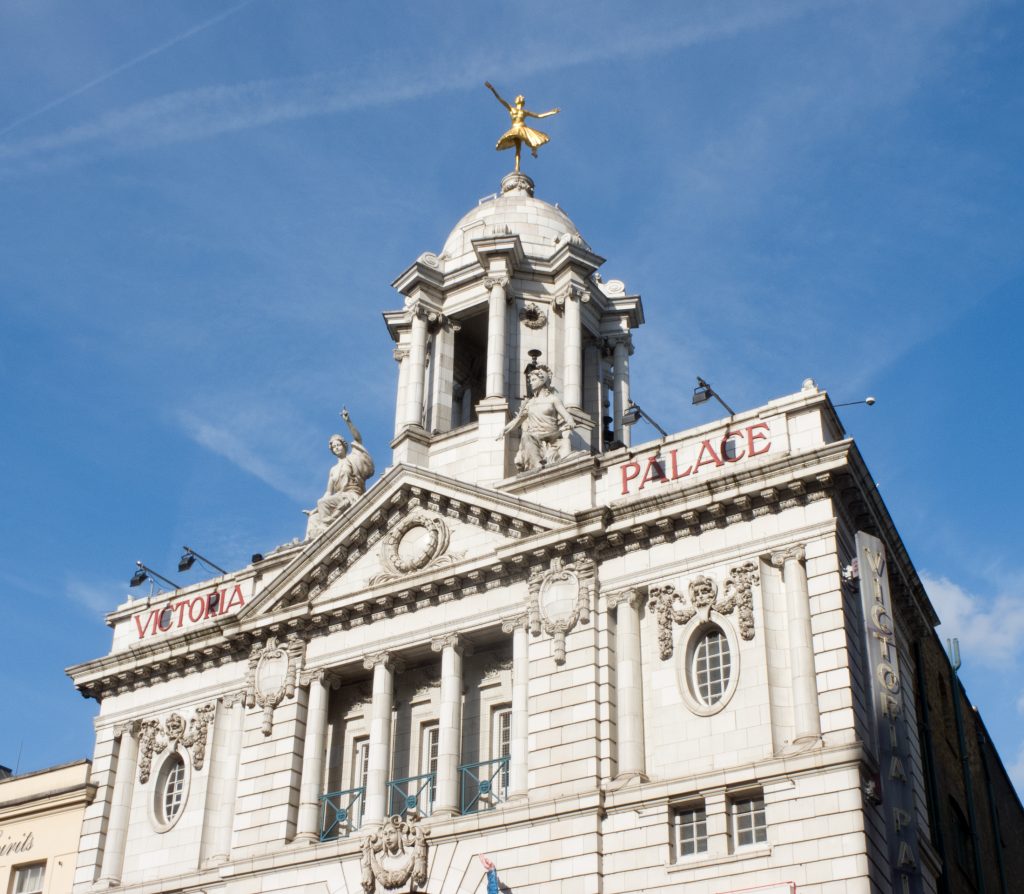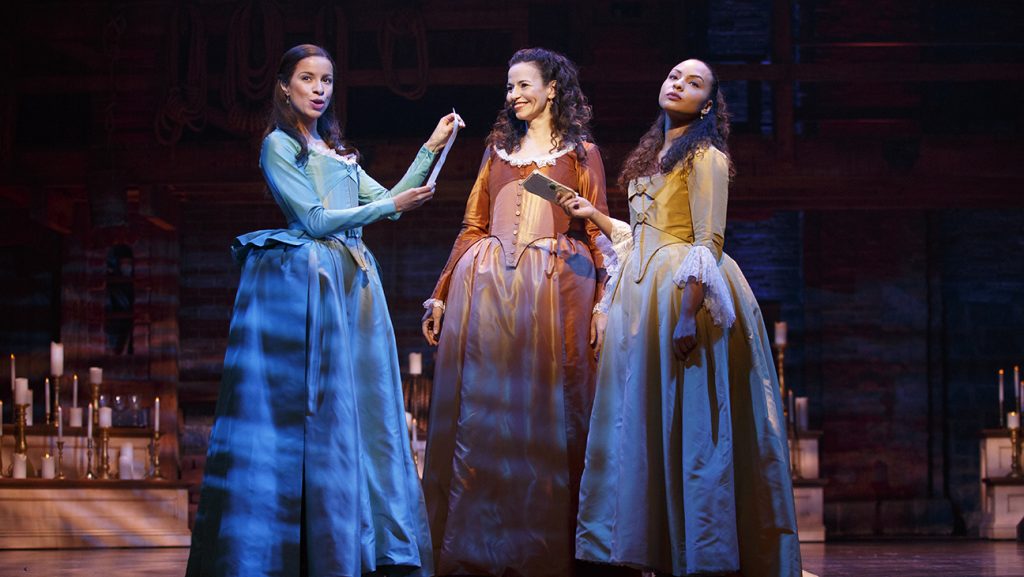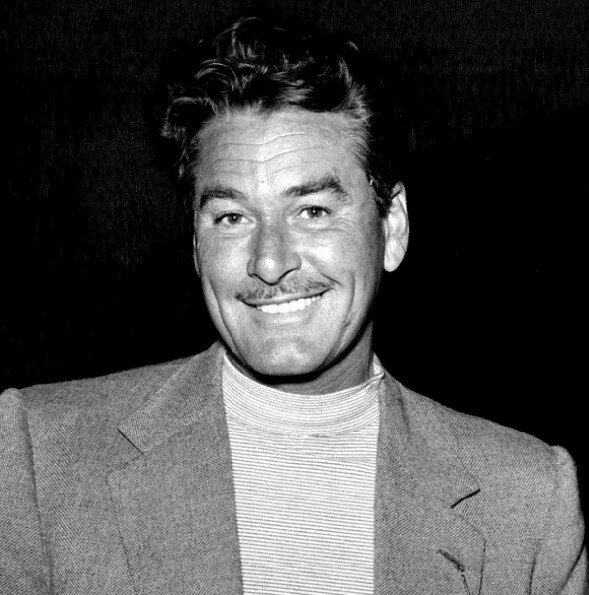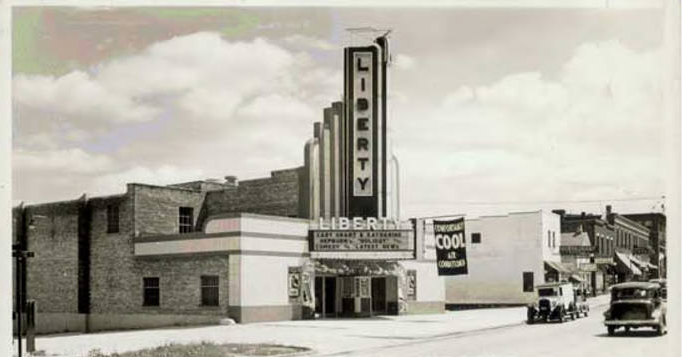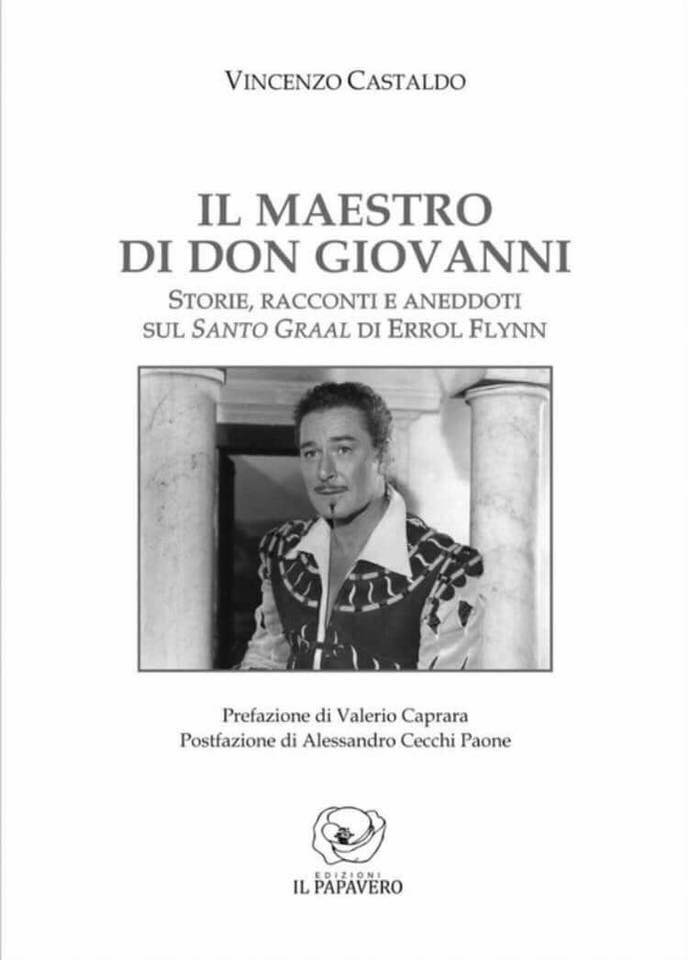
Vincenzo Castaldo writes us about his new book on the filming of Errol Flynn’s Crossed Swords circa 1954. You may remember him from a previous post last year. His book is finished and was the center of attention in the village of Lauro at the Lancellotti Castle where the movie was filmed when Vincenzo (who lives in Lauro) held a public showing of the film, and discussion of his book. It was a grand affair attended by all the dignataries of the town. Vincenzo speaks no English but does well with Google Translate:
Crossed Swords – Stories and anecdotes about the Holy Grail by Errol Flynn (Il Papavero).
(Il Papavero is the book’s Italian Publisher. It may also be purchased online, he says.)
The book, the result of a three-year research conducted by the author mainly between Naples and Rome, unveils the gestation and elaboration of “Crossed Swords” (M. Krims, 1954), a compelling and unknown film from ’52 and ’53 made in Cinecittà , at Real Bosco di Capodimonte in Naples and in the Irpinia villages of Lauro and Marzano with the main interpreters Errol Flynn and Gina Lollobrigida.
The book is divided into four parts. The first offers a historical synthesis of swashbuckling, which found fertile ground first in America and then in Italy since the Thirties, and pays tribute to stars such as Burt Lancaster, Sean Connery, Antonio Banderas and Johnny Depp who, in the wake of the mythical Errol Flynn, have made the caste of the hood famous. The second focuses exclusively on the cinematographic work of Milton Krims, revealing the artistic and technical cast, the plot, the places and the various assumptions about how the troupe has landed in Lower Irpinia.
The third part includes a series of stories, stories and very funny anecdotes retrieved by the author, who interviewed the exclusive diva Gina Lollobrigida, Prince Pietro Lancellotti with his sisters Ginevra and Maria Cristina, who met the main interpreters during the realization of the film in the family castle, and several citizens of the time of Lauro who have lived the period of filming or have participated in the film with more or less important roles.
The fourth and last part includes news and various curiosities about the vicissitudes of the company during the period of the film, the journalistic reviews of the major newspapers of the time and those “found” by four great critics of Italian cinema, including the late father of David Gian Luigi Rondi.
Everything is accompanied by scene photos and amateur shots found by the author.
The book uses the preface by Valerio Caprara (well known film historian and journalist) and the afterword by Alessandro Cecchi Paone. A well respected journalist).
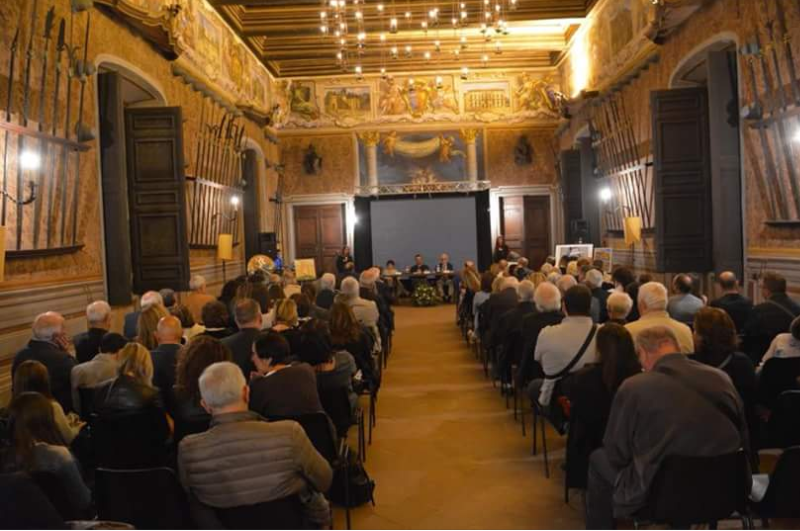
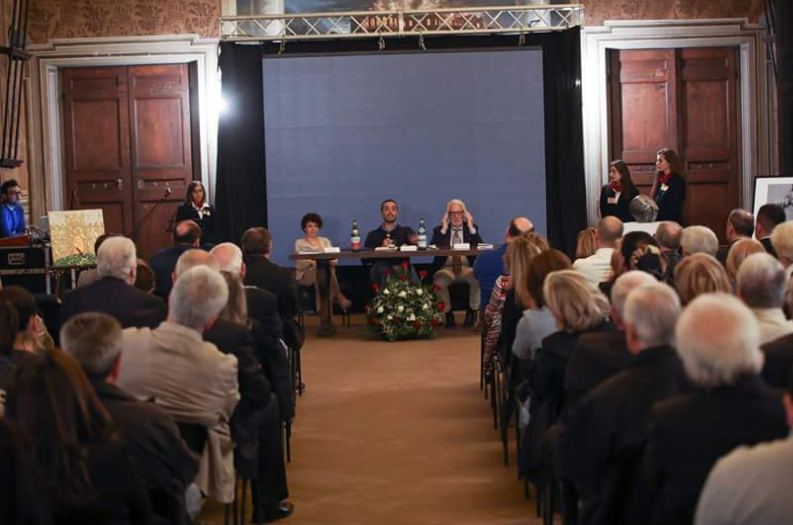
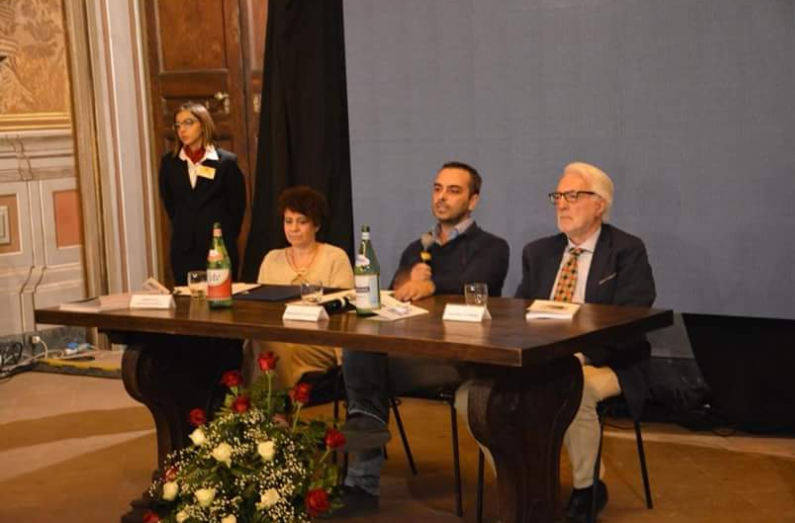
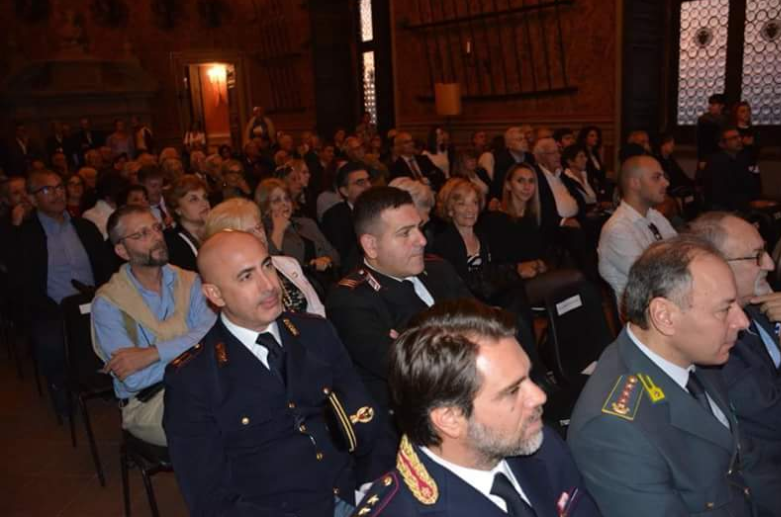
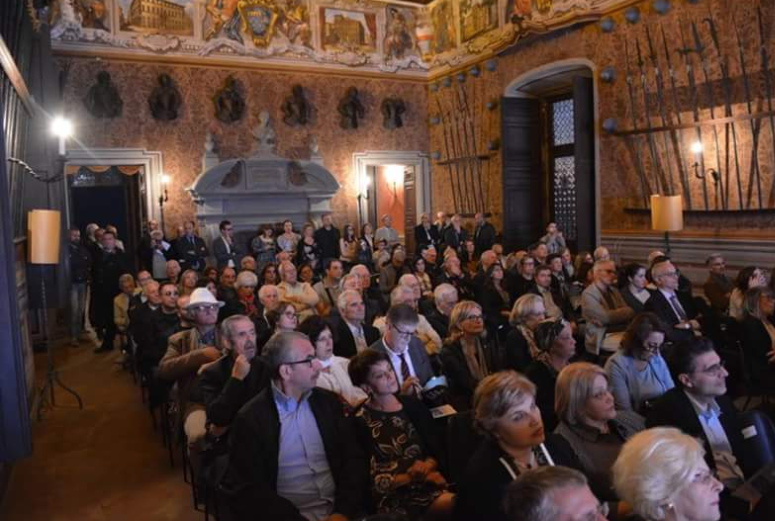
Thanks, Vincenzo!
— David DeWitt
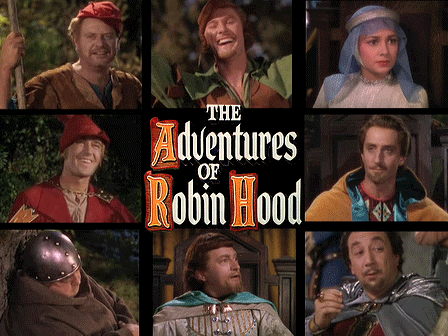
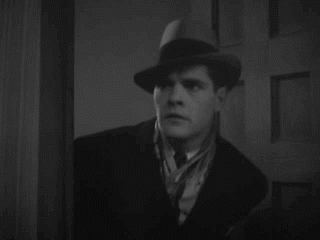
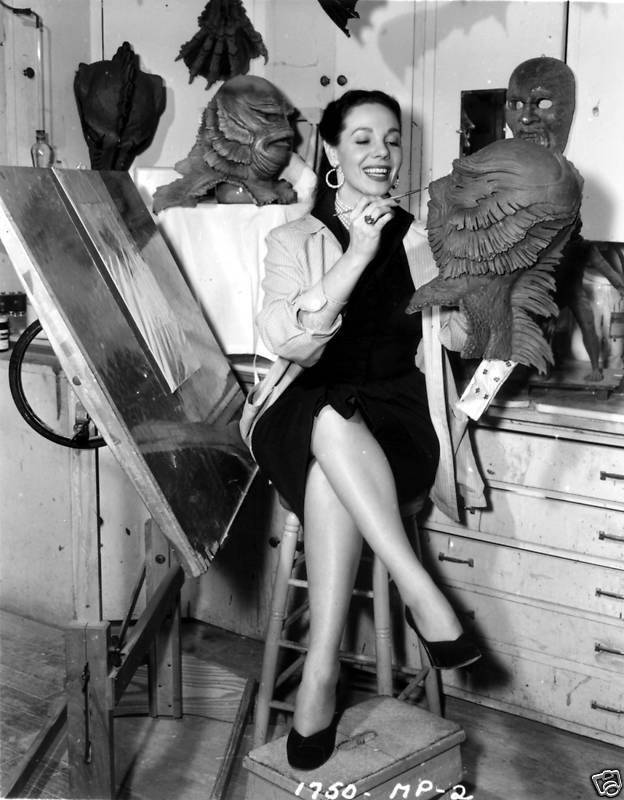
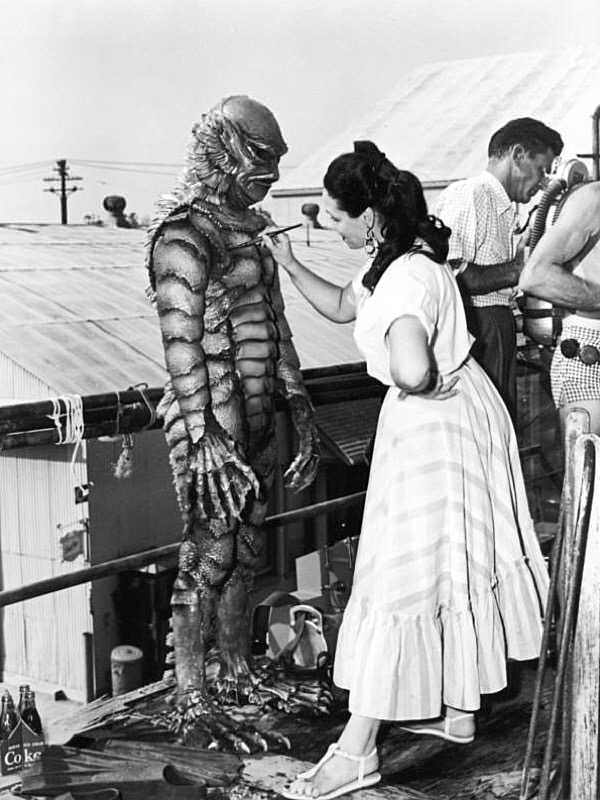
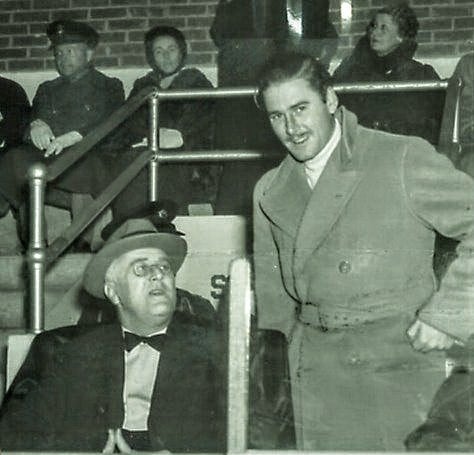

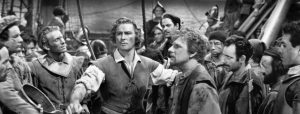






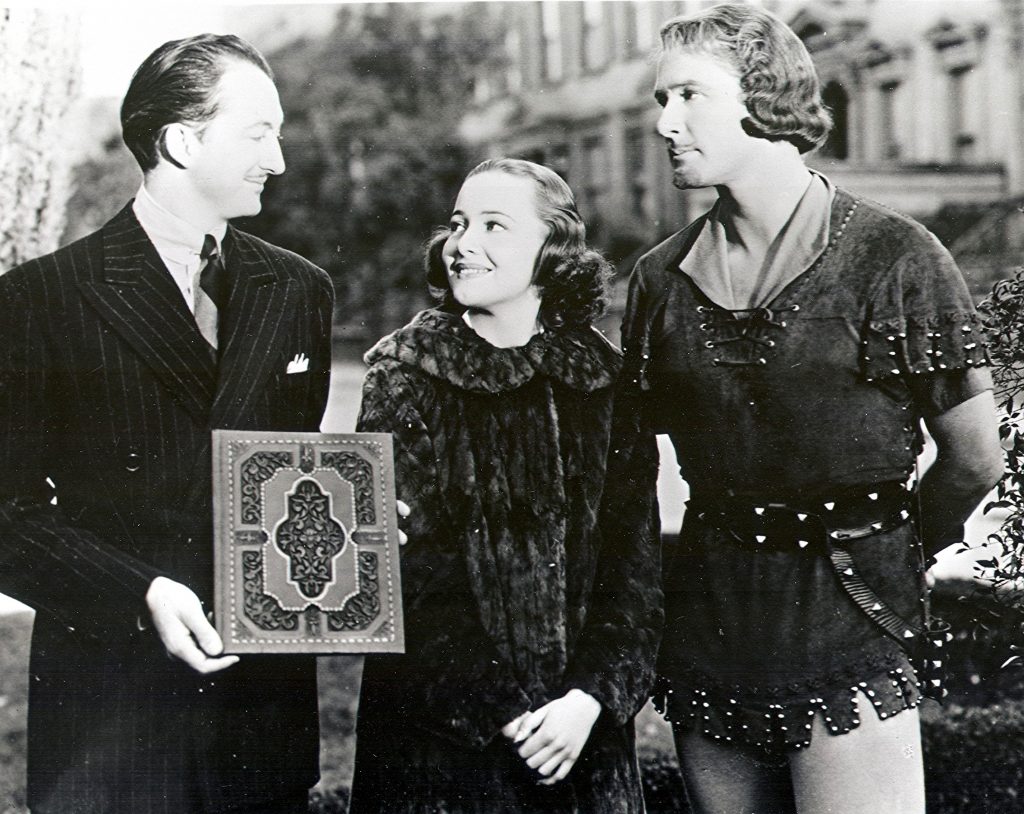
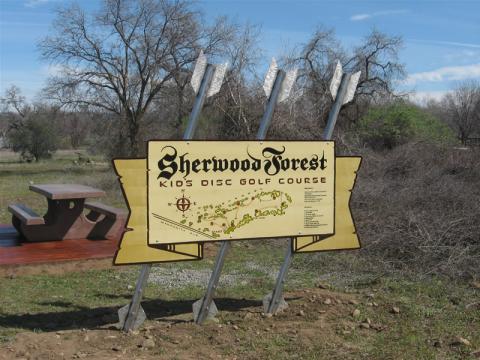
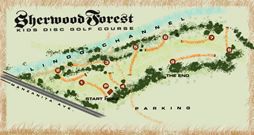
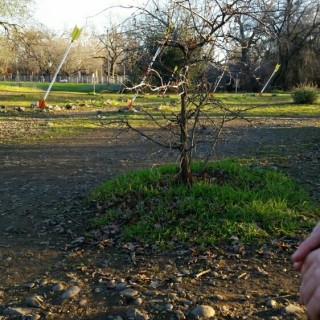
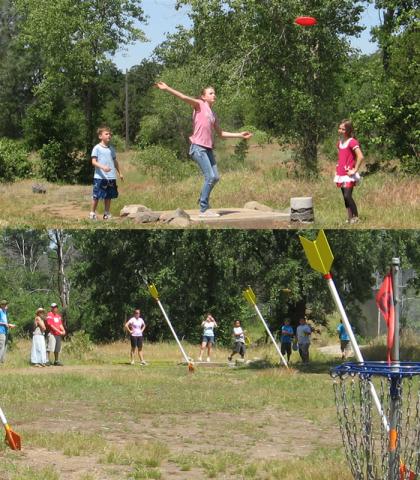 5
5